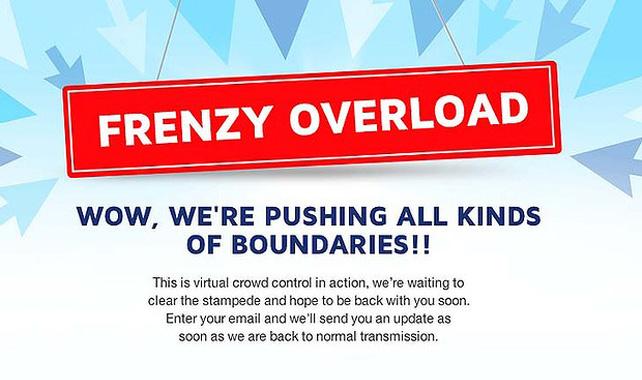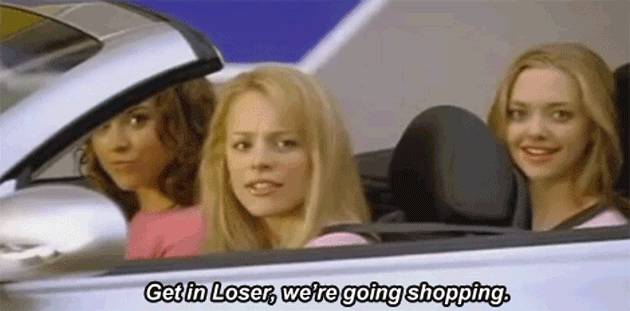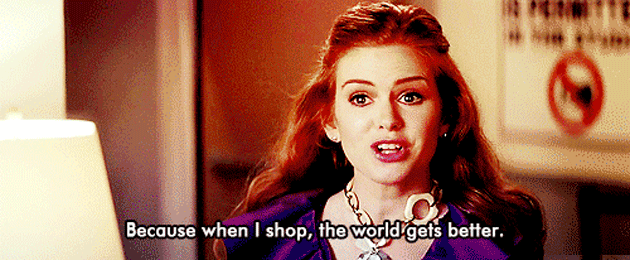

While we all might differ on how we define the “absolute best bargains”, I think we can all agree the Click Frenzy was a bit of a cock up that embarrassed every man, women and gender fluid person with access to the Internet, a debit card and a modicum of awareness of or involvement with the event. With all the brouhaha that has erupted in its wake you might be mistaken for thinking it was the worst thing that happened in the world yesterday – but then again, it probably wasn’t.
To recap, the site fell in on itself shortly after its launch at 7pm, and between then and midnight it took with it almost two thirds of the websites belonging to its affiliates (like Myer) as well as those of its completely uninvolved competitors who launched counter-attack flash sales (like David Jones). Soon after going down swinging – or flailing listlessly with half-clenched fists – #clickfail started trending on Twitter and with a couple of hours left on the Click Frenzy countdown, it’s still trending. Dozens of ‘what went wrong?’ articles have already been written and some serious lessons are being learned by those responsible for this crime against shopping. The kind of coverage it’s receiving is evidence of the indelible impression this event has left on our nation, a country of ravenous bargain hunters. You might not have realised it before, but this is how much of a damn we give about online shopping and retail in general, which might seem a little jarring considering how lacking our current infrastructure has been revealed to be both online and in bricks and mortar retail.
While it’s certainly a shame that you, or someone you used to know, might’ve missed out on some heavily discounted Ugg boots, or your mum didn’t snag that cheap perfume or fruit gift basket she had her eyes on, I think it’s time somebody made the call: it’s all probably going to be okay. You live to fight and shop another day, one in which Australian retailers have been awakened to the demand there is for their product online – something that is slowly but surely started to be treated as a priority and not an afterthought. Instead of bitching via hashtag, be grateful for the fact that while you were waiting for a page to refresh – perhaps for 70 seconds, so inhumane – you weren’t enduring the kind of freaky Black Friday crowds in person that last year resulted in a human being getting trampled to death in the back of a Walmart (that actually happened) where else but in America.
Unfortunately, the cost of this realisation for many advertisers and participating businesses comes in at around $30,000, which is the average price they paid for their involvement with Click Frenzy. That’s a lot of money, and its significance is not to be downplayed, but perhaps it’s the price the Australian retail sector has to pay to realise the value of their product to their audience and to be awakened to its demand. It’s a relatively small price to pay compared with what they risk should they neglect to invest in The Future of their businesses in e-tail. For those who invested their time and money into an affiliation with Click Frenzy, it’s still unclear yet whether refunds will be issued. No one involved is going to settle for store credit in this case.

This isn’t a problem unique to Australia either. In its inception, Click Frenzy took its cues from the Cyber Monday online shopping day, a follow up to America’s post-Thanksgiving Black Friday in-store pandemonium. During last year’s Cyber Monday, as many as 55 of the States’ largest retailers went down under the weight of increased web traffic as millions flocked online to secure a record number of sales. Unlike the resolve of Australians to write witty tweets during (and after) an event, the Internet, the websites and servers that compose it are breakable things prone to dysfunction (perhaps Australians and the Internet have that last one in common). That same thing happened here yesterday as it did on Cyber Monday in 2011 and here, like there, record numbers of sales were also made.
The Iconic, for example, registered a record number of purchases, and dozens of websites are still offering extensions on their sale prices for the next 24 hours in the wake of what you’d think was a national disaster but is actually – perhaps – a small blessing in disguise, wrapped in a silver lining pulled from The Cloud, clad in some GIF gift wrapping and handed to you in a brown paper bag. Here’s to next year?




